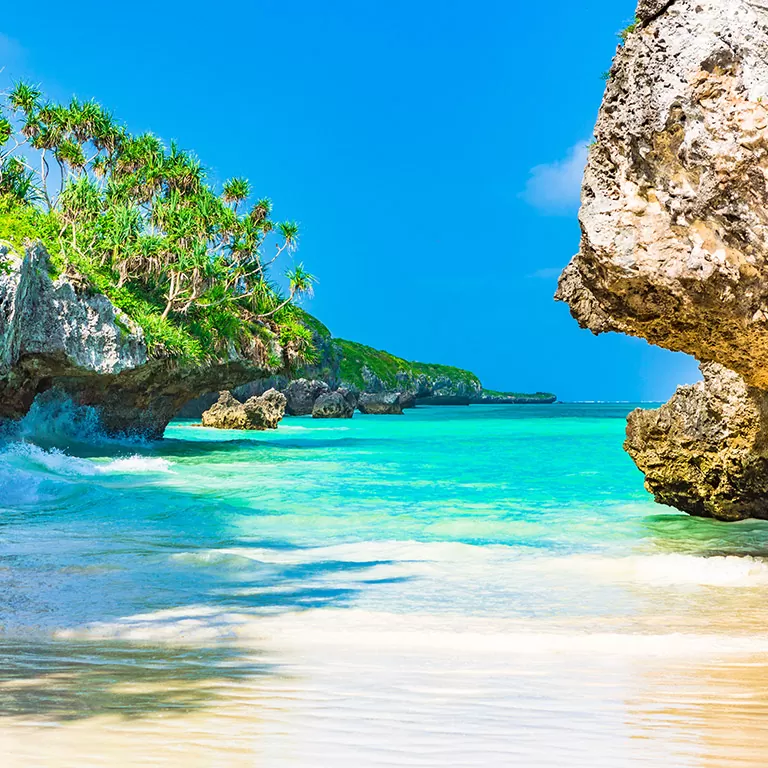
Have you ever heard of Unguja and Pemba? These two incredible islands, surrounded by a myriad of islets, form the famous Zanzibar Archipelago, situated off the coast of Tanzania, which is part of the East African coast. With the status of semi-autonomous state, the islands are separated from the continent by the Zanzibar Channel. Its capital, Stone Town, besides being the birthplace of Freddie Mercury (1946-1991), singer in the band Queen, has been declared a UNESCO World Heritage Site.
According to UNESCO, three criteria were decisive in the choice of Zanzibar as a World Heritage Site:
1 – Zanzibar’s Stone Town is a notable material manifestation of cultural harmony and fusion.
2 – For many centuries there was intensive maritime commercial activity between Asia and Africa, and this is exceptionally illustrated by the architecture and urban structure of Stone Town.
3 – Zanzibar has a great symbolic importance in the suppression of slavery, since it was one of the major ports for the East African slave trade, and also the base from which the opponents of slavery, such as David Livingstone, conducted their campaign.
Zanzibar’s multiculturalism is enchanting. Its architecture is unique, due to African, Arabian, European and Hindu influences, all of this added to the extraordinarily beautiful beaches. Democratic in life style and prices, the archipelago pleases everyone, from backpackers to millionaires. The cuisine is special: delicious – and low priced – seafood dishes, such as shrimp, squid, crabs and octopus are a must on an island, but, strangely enough, the Zanzibar pizza is out of this world. With a very thin crust, it’s stretched and filled right before being served, and resembles an open esfiha.
Useful information: You’ll need an international certificate of yellow fever vaccination, and speaking English is recommended , since the other language option is Swahili.











